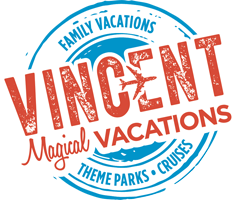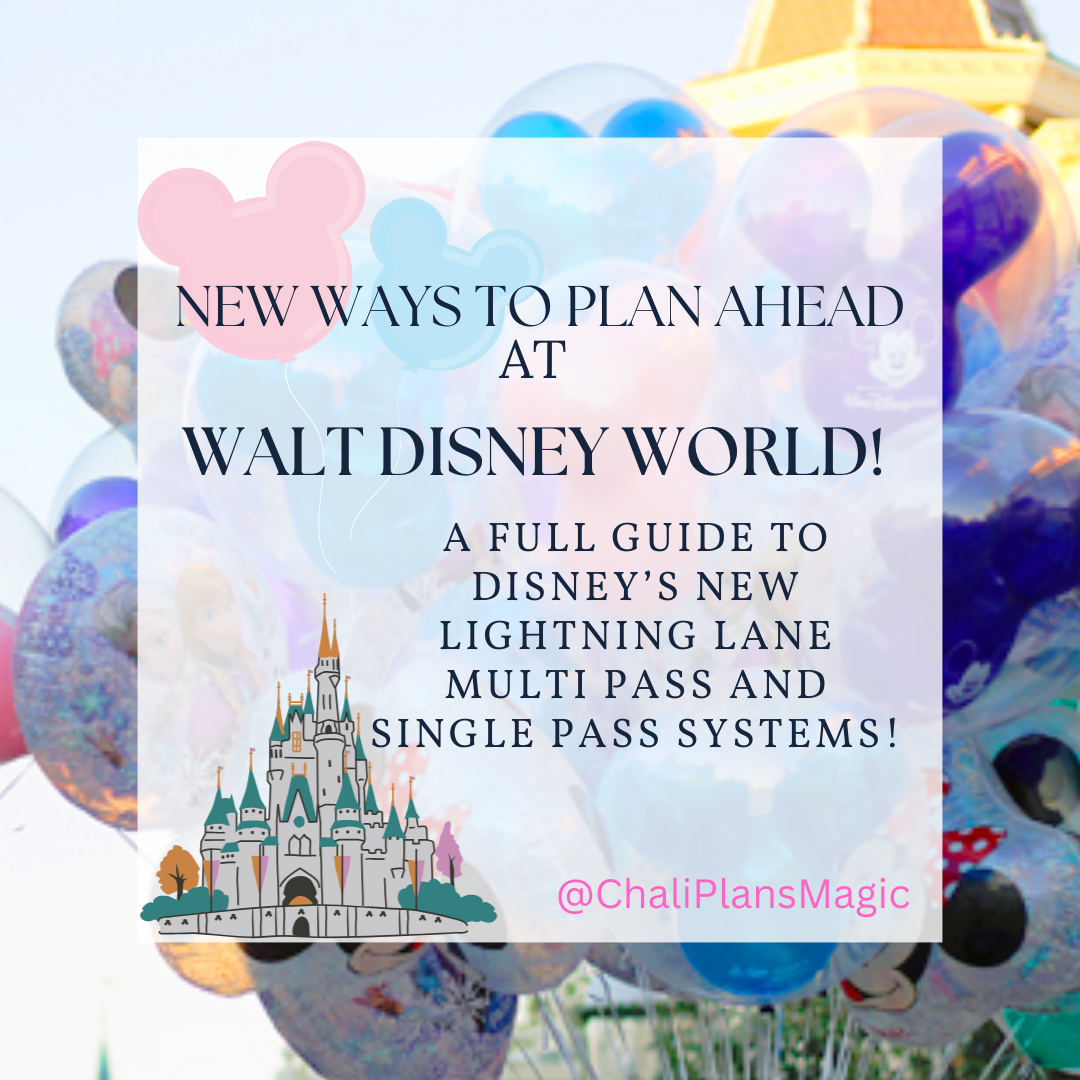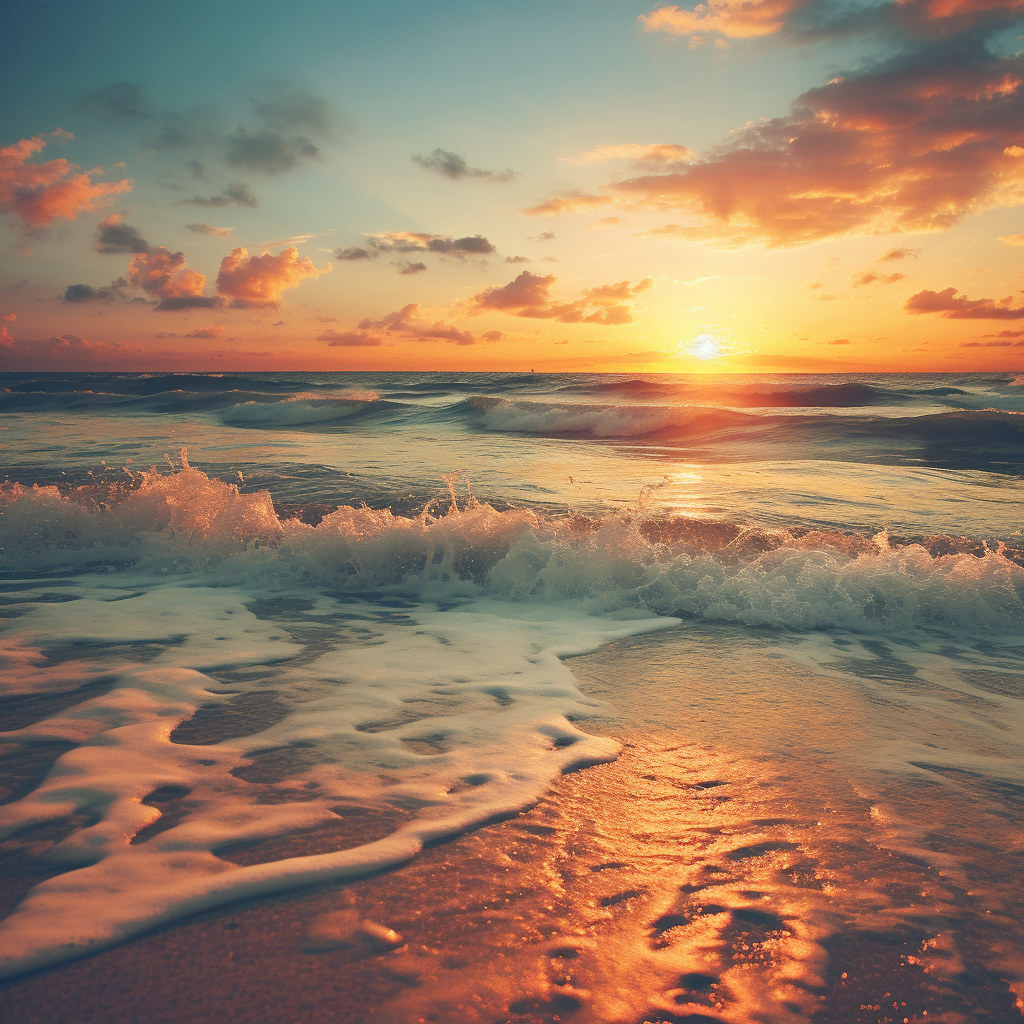Indiana Disney Travel Agents Near Me
We recognize that Disney vacations are not just an investment, but often the highlights of our lives, and we take that responsibility seriously. We want to ensure you have the best vacation experience.
Interested in a job in travel? Click here to learn: How to Become a Disney Travel Agent
Jump to section:
A B C D E F G H I J K L M N O P Q R S T U V W X Y Z
See our Disney travel agents near me.
Overview
Introduction
Indiana is a crossroads. Ever since the National Road was built in the 1830s, transportation routes have been a large part of the state's identity. Indiana is at the confluence of the Midwest, where the Great Lakes give way to vast plains and countryside verges on big-city factories.
Travelers to Indiana will encounter a variety of roads throughout the diverse state, ranging from quiet, cornfield-lined two-lane routes to hilly southern byways to the racetrack at the Indianapolis Speedway.
Geography
The Hoosier State is divided into three geographical areas: The northern portion, while relatively flat, shows the marks of glaciers from the last ice age, including low ridges, marshes and lakes; the central part is flat to rolling farmland—the state's prime agricultural area; and the southern portion is quite hilly and very scenic, marked by knolls, valleys, caves and sinkholes.
History
The first travelers to reach present-day Indiana were the so-called big-game hunters who entered the area in pursuit of mammoth and mastodon 10,000 years ago. Between 1000 BC and AD 700, prehistoric Hoosiers began to grow crops to supplement the food they hunted and gathered. The practice of building large earthen burial mounds also began during this period and continued for more than 1,000 years. The mounds became increasingly large as time passed—some can still be seen in the state today, notably at Mounds State Park in Anderson.
The French entered the area in the late 1600s and soon established several outposts along the Maumee and Wabash Rivers, the most important being built at Vincennes. Following the French and Indian War (1754-63), the English gained control over Indiana, but British rule was short. After the Revolutionary War and through the Ordinance of 1787, Indiana became part of the Northwest Territories of the U.S.
Native American resistance to both English and U.S. forces was fierce. In the early 1790s, two U.S. Army expeditions were defeated in battles near present-day Fort Wayne. A third force under Gen. "Mad" Anthony Wayne turned the tide, winning a decisive victory that forced the Native Americans to surrender much of the territory that now makes up the state. The great chief Tecumseh led the last major effort against pioneer settlement. His attempt to unite various groups in the area was ended when William Henry Harrison (who later became president of the U.S.) won the Battle of Tippecanoe in 1811.
Hoosiers sided with the Union in the Civil War and supplied a large number of troops to the fight. Although Indiana was predominantly agricultural in the early 1800s, manufacturing and industry became more widespread after the war. The importance of factories and mills to Indiana's economy grew in the 20th century, with a heavy industrial section developing in the north, near Gary, and a Biocrossroads initiative centered on Indianapolis. Today, the state remains an important producer of grains and livestock, and large stretches of farmland are one of the memorable aspects of driving through Indiana.
Snapshot
Some of Indiana's main attractions are historical sites, the Indianapolis Motor Speedway, outdoor sports, living history at Conner Prairie, the Indianapolis Children's Museum, Indiana Dunes, the architecture of Columbus, scenic train rides, the utopian community of New Harmony, cross-country skiing, hunting and fishing, riverboat gambling, museums and restored homes.
Those travelers who think a cottage on a country lake sounds appealing or those interested in U.S. history, city life, architecture and sports (especially in Indianapolis) will find Indiana enjoyable. Though the scenery is very pretty, it is seldom dramatic—except during the autumn when the trees of hilly southern Indiana provide some of the best leaf peeping in the U.S.
Potpourri
Basketball-crazy Indiana has produced several of the sport's legendary figures, including Bobby Knight and Larry Bird, who is now the president of basketball operations for the Indiana Pacers.
Only four cars have traveled the entire 500 miles at the Indy 500 without a pit stop.
Actor James Dean grew up in Fairmount (just south of Marion). The annual celebration in his honor includes a car show, street fair, parade and look-alike contest that draws thousands to the small community each September.
Parke County, in western Indiana, is known nationally for its 30 covered bridges. Every October, as part of the Parke County Covered Bridge Festival, visitors drive along country roads to view and photograph bridges framed by flaming fall foliage while stopping along the way to shop at community sales or sample hot gingerbread or freshly squeezed apple juice.
The source of Hoosier, the nickname Indiana residents apply to themselves, is a matter of dispute: It may be a contraction of the question—"Who's here?"—that used to greet travelers knocking on a settler's door. Or, it may be derived from the name of Louisville contractor Samuel Hoosier, whose preference for hiring Indiana workers caused his employees to be known as "Hoosier's Men." The story we like best comes from poet James Whitcomb Riley: "(Early Indiana settlers) were vicious fighters (and) frequently bit off noses and ears. This happened so often that a settler coming into the barroom after a fight would see an ear on the floor and ask, 'Whose ear?'"
David Letterman, Kurt Vonnegut, Jimmy Hoffa, Florence Henderson, Red Skelton, Cole Porter, John Dillinger and Michael and Janet Jackson are all native Hoosiers. Frank Sinatra made his debut at the Lyric Theater in Indianapolis on 2 February 1940, and Elvis Presley gave his last public performance at Indianapolis' Market Square Arena on 27 June 1977.
The Indianapolis Motor Speedway was the site of the first long-distance auto race in the U.S. The winner in 1911 averaged 75 miles an hour. Today "the greatest spectacle in racing" boasts speeds close to 230 mph with the fastest average winning speed clocked at 185.981 mph by Arie Luyendyk in 1990.
Children send more than 500,000 letters each Christmas to Santa Claus, Indiana.
The limestone quarries of southern Indiana have provided the building material for the Empire State Building, the Pentagon and 14 state capitols.
Overview
Introduction
Located about 40 mi/64 km northwest of South Bend, Indiana Dunes State Park is on the shore of Lake Michigan. This area encompasses 13,000 acres/5,265 hectares of wilderness and developed sites. The area offers beaches, hiking trails, fishing, cross-country skiing, and diverse plants and wildlife. A portion of the area is also designated a National Park.
The back dunes, which are thousands of years old, are stable, but the front dunes shift continually because of winds off the lake. If you want to climb the huge sand dunes, take along a pair of sneakers: The sand is often too hot for bare feet. (Be aware that small areas of the dunes have been fenced off for erosion control.)
You can also go for a swim, but remember that the cold temperature of Lake Michigan can take some getting used to, even in the heat of summer.
A small, primitive campground is available for tents in the national park, and larger sites with electricity are down the road at Indiana Dunes State Park. There are also cabins along the lake for rental, as well as a number of activities and facilities—camping, cross-country skiing, a nature center and a wildlife observation tower.
The visitors center offers maps, exhibits and a 10-minute slide presentation tracing the development of the dunes, foliage and wildlife.
Just east of the dunes on Highway 12 is the small resort colony of New Buffalo, Michigan. It's a charming town—the first in a lakeside string running up to St. Joseph known as "Harbour Country"—with galleries, antiques, lakeside bed-and-breakfasts and several good restaurants, as well as Lake Michigan beaches.
Overview
Introduction
The downtown of Indianapolis, Indiana, is a cosmopolitan, ever-changing hive of activity with plenty of restaurants, hotels and activity keeping it buzzing. The convention center and a state-of-the-art sports facility have helped change the face of the city's skyline.
Lucas Oil Stadium, a 63,000-seat multipurpose facility, features a retractable roof and walls that open to showcase the skyline. Built primarily as the home of the Indianapolis Colts, the stadium was the site of the 2012 Super Bowl. It's also used on occasion for the NCAA men's basketball tournament.
Indianapolis, also known for its auto-racing heritage, is home to the world-famous Indianapolis 500, NASCAR's Brickyard 400 and the National Drags, and the famed Indianapolis Motor Speedway hosts racing events as well as other large-scale festivities. Visitors can take in games of the NBA's Indiana Pacers or the NFL's Indianapolis Colts.
Cultural tourism hasn't taken a backseat, however. With world-class museums and officially designated cultural districts chock-full of galleries, shops, restaurants and public sculpture, the city's focus remains on the arts and tourism. Indianapolis visitors also can enjoy the famous Indianapolis Zoo.
Must See or Do
Sights—Indiana State Soldiers and Sailors Monument, especially the views from the observation deck at the top; the myriad attractions in White River State Park; the downtown canal; the series of war memorials in public parks stretching from the 1905 Federal Building on the south to the library on the north.
Museums—The Indianapolis Museum of Art; the Indiana State Museum for its distinctive, artsy limestone exhibit, IMAX theater and reconstructed department-store tearoom; the Eiteljorg Museum of American Indians and Western Art for its western and Native American art; the Indianapolis Motor Speedway Hall of Fame Museum; the Indiana History Center, especially for its music rooms; Indianapolis Art Center, for its Michael Graves-designed building.
Memorable Meals—St. Elmo Steak House for steaks and fine dining alongside Indy's who's who; Sakura Japanese Restaurant for sushi; The Rathskeller and Mesh on Mass for ambience; Iaria's for housemade pasta; Yats for the best low-cost meal in town.
Late Night—Bar-hopping in Broad Ripple Village; blues at the Slippery Noodle Inn; punk rock at the Melody Inn.
Walks—The intersecting greenways of the Indianapolis Canal Walk and the Monon Trail; Butler University's Holcomb Gardens and the nearby grounds and gardens of the Indianapolis Museum of Art; the footpaths of Eagle Creek Park; the Cultural Trail.
Especially for Kids—The world-class Children's Museum of Indianapolis with its Dinosphere and exhibits that inspire young and old alike; living history at Conner Prairie; the Indianapolis Zoo; the RB Annis Western Family Experience at Eiteljorg Museum of American Indians and Western Art.
Geography
Andrew Ralston, who worked with Pierre L'Enfant on the street layout for Washington, D.C., imposed diagonal streets on the typical midwestern city layout when designing the plan for Indianapolis. He plotted a square with mile-/kilometer-long sides named North Street, South Street, East Street and West Street.
At the center of the original plat is a circle, intended to enclose the governor's mansion on a slight rise in the flat topography of the city but now the location of the Soldiers and Sailors Monument. Meridian Street, which bisects Monument Circle, is the city's major north-south road. It also divides east and west addresses. The city's major east-west street is Washington Street (a block south of the Circle), and it serves as the dividing line between north and south addresses. Washington Street also marks the original location of the National Road when it came through town in the late 1820s.
The White River meanders through the city from the northeast to the southwest, eventually joining the Wabash River at the border with Illinois. The major suburbs to the north are Zionsville, Carmel, Noblesville and Fishers. To the south are Greenwood and Franklin, with Greenfield in the east and Plainfield, Avon, Danville and Brownsburg in the west. The Indianapolis International Airport is located between Plainfield and Indianapolis.
History
Modern-day Indiana is dotted with former towns and ceremonial sites constructed by ancient tribes, but at the time of colonial expansion, the native people there were nomadic hunters. Rivers were a principal mode of transportation for both the natives and early settlers. During the early days of the white migration into the area, most newcomers arrived via the Ohio River on flatboats. They settled in towns not far from its banks.
The first state capital was Corydon, but by 1820 legislators decided that a modern state should have a capital closer to its geographic center. A group rode north on horseback, eventually choosing a site at the confluence of the White River and Fall Creek. Although neither waterway proved navigable for commercial traffic, the center of the state became an early transportation hub, with the National Road (now U.S. Highway 40) and later, railroads, airports and interstate highways connecting Indianapolis with the rest of the U.S., earning the city the nickname "Crossroads of America."
The automobile industry shaped the city's early history, as it produced such famed brands as Stutz and Marmon. The industrial base has subsequently changed, but its legacy lives on in the Indianapolis Motor Speedway, the Speedrome and the Indianapolis Raceway Park.
In 1969, Indianapolis became one of the first municipalities to experiment with consolidating city and county governments, an effort now entering its second phase. The city's public-private partnerships—business and civic leaders working with politicians to spur economic growth—have added energy to this midwestern city. From the push for amateur-sports development in the 1980s to the current effort to develop cultural tourism, the city remains a top innovator.
Potpourri
The fastest drivers in the Indianapolis 500 can reach speeds up to 240 mph/386 kph along the straightaways. If a driver blinks at that speed, he misses 50 ft/15 m of track.
Several celebrities claim roots in Indianapolis: David Letterman, Jane Pauley, Kurt Vonnegut, Wayne Gretzky, Oscar Robertson and Crispus Attucks.
Indiana Avenue, on the northwest side of downtown, became a jazz incubator during the years between World War II and the mid-1960s, and many musicians, including guitarist Wes Montgomery, honed their skills there.
The Raggedy Ann and Andy dolls and their stories were created by Indianapolis newspaper cartoonist John Gruelle.
Elvis Presley played the last concert of his career in Indianapolis in 1977 in Market Square Arena, now demolished.
Some 70 gallons/265 liters fuel the largest water clock in North America. At 26.5 ft/8 m tall, it resides in the lobby of the Children's Museum of Indianapolis.
More than half the population of the U.S. lives within a day's drive of Indianapolis.
The downtown of Indianapolis is considered one of the most walkable in the country.
Vincent Vacations - Authorized Indiana Vacation Planner
Questions? Call us at
1 (888) 976-0061
No-Obligation Indiana Vacation Quote Request Form
Free Vacation Package Quote
For Groups of 10
or more rooms, or 8 or more Cabins, please use of Group Form
Click Here for our Group Department

































